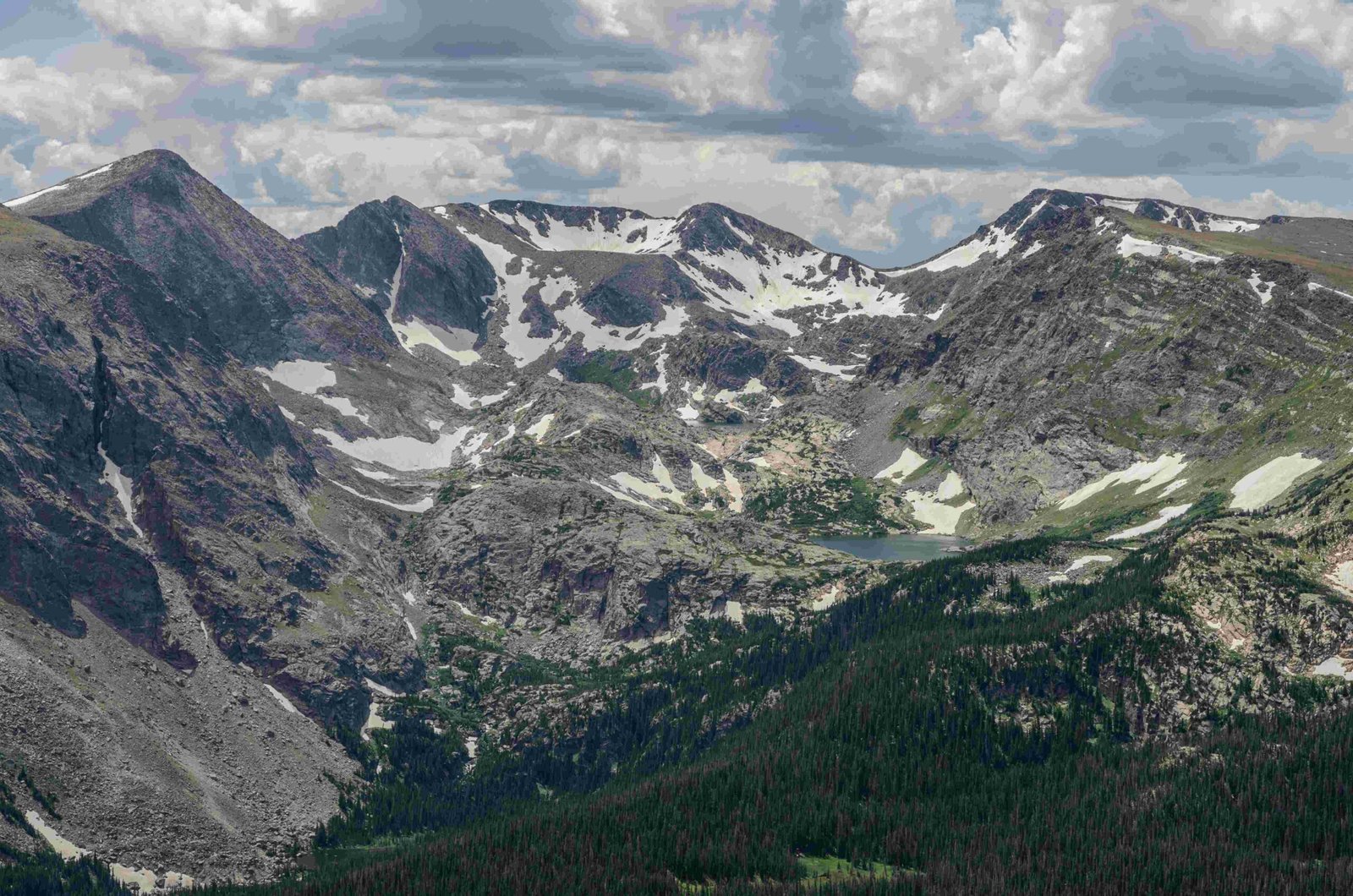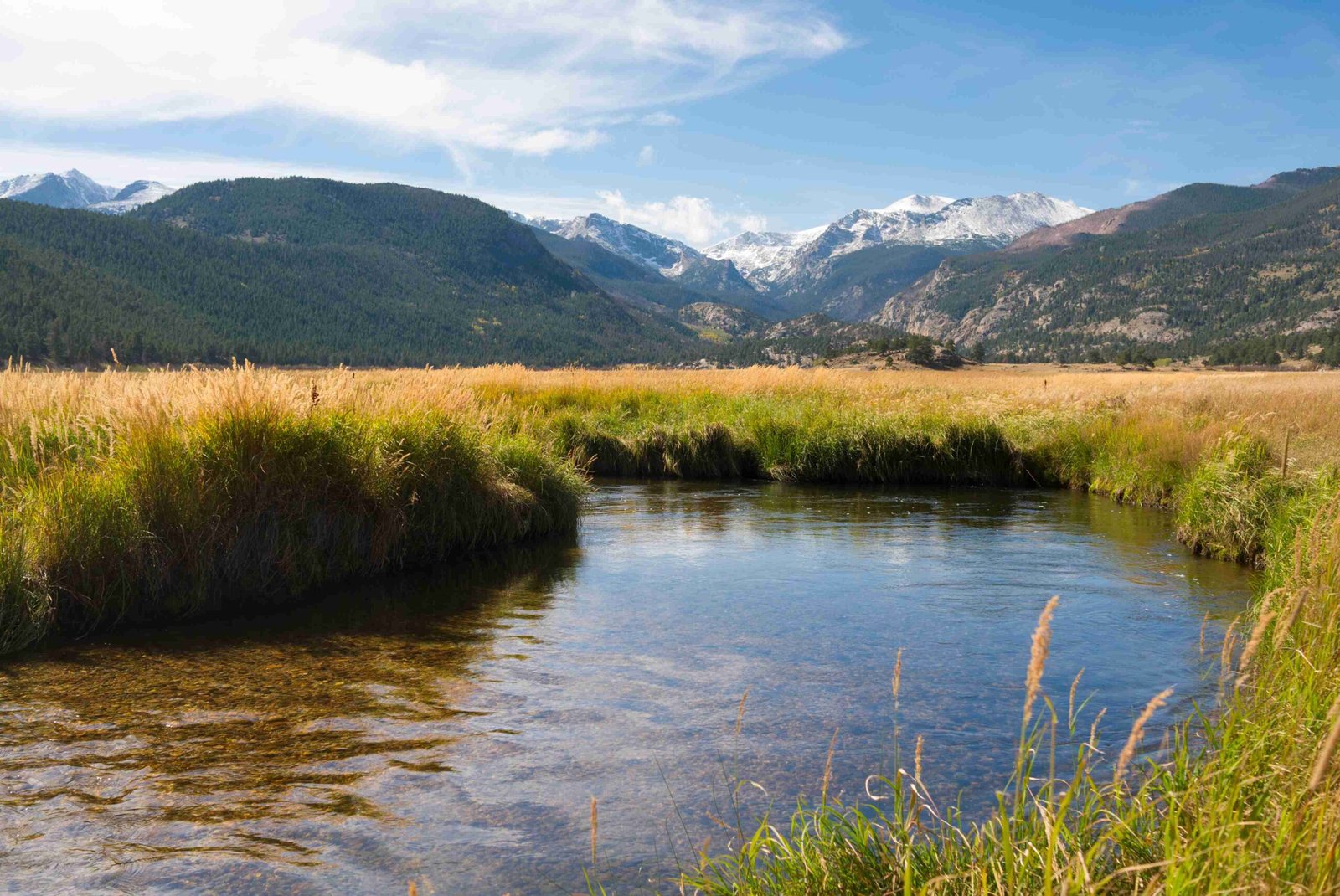The Rocky Mountain National Park wildfire report indicates no active wildfires within the park boundaries as of the latest update. Recent prescribed burns were conducted to mitigate future wildfire risks. The park’s history includes significant wildfire events, such as the 2020 East Troublesome and Cameron Peak Fires, which impacted approximately 30,000 acres. Park officials continue to monitor conditions and implement preventive measures to protect the ecosystem and visitors.
What is the Current Wildfire Status in Rocky Mountain National Park?

As of the most recent Rocky Mountain National Park wildfire report, there are no active wildfires within the park requiring immediate attention or containment efforts. However, the park has recently undertaken proactive measures to reduce wildfire risks:
- Prescribed burns were conducted on November 1 and 2, 2024
- These burns covered approximately 100 acres of the 334-acre Headquarters Unit
- The burn area was located west of the Beaver Meadows Visitor Center
- No significant wildfires were reported during or after these controlled burns
The prescribed burns were executed under favorable weather conditions to minimize smoke impacts and reduce fuel loads that could potentially contribute to future wildfires.
How Have Historical Wildfires Impacted Rocky Mountain National Park?

The Rocky Mountain National Park wildfire report includes historical data that provides insight into the significant impact of past wildfires:
East Troublesome and Cameron Peak Fires (2020)
These fires had a substantial impact on the park and surrounding areas:
- Approximately 30,000 acres, or 10% of the park, were affected
- The East Troublesome Fire alone burned over 21,000 acres within the park
- It became the largest fire in the park’s 107-year history
- Major evacuations were necessary, particularly in Grand Lake and the Estes Valley
- Infrastructure and vegetation suffered severe damage
The aftermath of these fires led to ongoing assessments for:
1. Safety concerns
2. Downed trees
3. Erosion issues
4. Potential rock fall hazards
What Precautions Are Taken to Prevent Wildfires in Rocky Mountain National Park?
The Rocky Mountain National Park wildfire report outlines several preventive measures:
- Prescribed Burns: Controlled fires are conducted to reduce fuel loads and create natural firebreaks.
- Fuel Management: Regular clearing of dead vegetation and maintenance of fire-resistant landscapes.
- Education: Visitor education programs on fire safety and prevention.
- Monitoring: Continuous monitoring of weather conditions and fire risk factors.
- Rapid Response: Maintaining a state of readiness for quick response to any fire outbreaks.
| Preventive Measure | Purpose | Implementation |
|---|---|---|
| Prescribed Burns | Reduce fuel loads | Annually, under controlled conditions |
| Fuel Management | Create defensible spaces | Ongoing, year-round |
| Education | Prevent human-caused fires | Through visitor centers and park literature |
| Monitoring | Early detection | 24/7 during fire season |
| Rapid Response | Minimize fire spread | Trained fire crews on standby |
What Should Visitors Know About Fire Safety in Rocky Mountain National Park?
Visitors to Rocky Mountain National Park should be aware of the following fire safety guidelines:
- Check for current fire restrictions before your visit
- Use designated fire rings in campgrounds only when allowed
- Fully extinguish all campfires before leaving the site
- Dispose of cigarettes properly in designated receptacles
- Report any signs of smoke or fire to park rangers immediately
- Be prepared to evacuate if necessary and follow all park official instructions
How Does Climate Change Affect Wildfire Risk in Rocky Mountain National Park?
The Rocky Mountain National Park wildfire report acknowledges the impact of climate change on fire risk:
- Extended Fire Seasons: Warmer temperatures and earlier snowmelt lead to longer periods of fire risk.
- Increased Drought: More frequent and severe droughts create drier conditions conducive to fire spread.
- Vegetation Changes: Shifts in plant communities can alter fire behavior and intensity.
- Insect Infestations: Warmer winters allow for increased insect populations, leading to more dead trees and higher fuel loads.
Park officials are adapting management strategies to address these changing conditions and mitigate increased fire risks associated with climate change.
What Resources Are Available for Tracking Wildfire Updates in Rocky Mountain National Park?
To stay informed about the latest Rocky Mountain National Park wildfire report and updates, visitors can utilize the following resources:
- Official Park Website: https://www.nps.gov/romo/
- Park Social Media Channels:
- Twitter: @RockyNPS
- Facebook: Rocky Mountain National Park
- InciWeb: https://inciweb.nwcg.gov/ (Search for Rocky Mountain National Park)
- Local News Outlets: For real-time updates and emergency information
- Park Visitor Centers: For in-person updates and current conditions
Visitors are encouraged to check these resources regularly, especially during the fire season or when planning a trip to the park.
How Has Wildfire Management Evolved in Rocky Mountain National Park?
The Rocky Mountain National Park wildfire report reflects an evolution in wildfire management strategies:
Historical Approach
- Focused primarily on fire suppression
- Aimed to protect resources and infrastructure at all costs
Modern Approach
- Recognizes the ecological role of fire in the ecosystem
- Implements a balanced strategy of prevention, management, and controlled burns
- Utilizes advanced technology for early detection and monitoring
- Emphasizes collaboration with surrounding communities and agencies
This shift in approach has led to more effective long-term management of wildfire risks while maintaining the park’s ecological health.
What Long-term Effects Do Wildfires Have on Rocky Mountain National Park’s Ecosystem?
The Rocky Mountain National Park wildfire report highlights both negative and positive long-term effects of wildfires on the park’s ecosystem:
Negative Effects
- Loss of old-growth forests
- Soil erosion and potential landslides
- Disruption of wildlife habitats
- Increased vulnerability to invasive species
Positive Effects
- Renewal of forest ecosystems
- Creation of diverse habitats for wildlife
- Nutrient cycling and soil enrichment
- Natural thinning of overcrowded vegetation
Park ecologists continue to study these effects to inform future management decisions and restoration efforts.
In conclusion, the Rocky Mountain National Park wildfire report provides a comprehensive overview of the current fire status, historical impacts, and ongoing management strategies. While there are no active wildfires at present, the park remains vigilant in its fire prevention and ecosystem management efforts. Visitors are encouraged to stay informed and follow all fire safety guidelines to help preserve this iconic national park for future generations.
References:
1. Rocky Mountain National Park Announces Plans for Prescribed Burn
2. Current Fire Information & Regulations – Rocky Mountain National Park
3. Rocky Mountain National Park to Complete Prescribed Burn, if Conditions Allow

